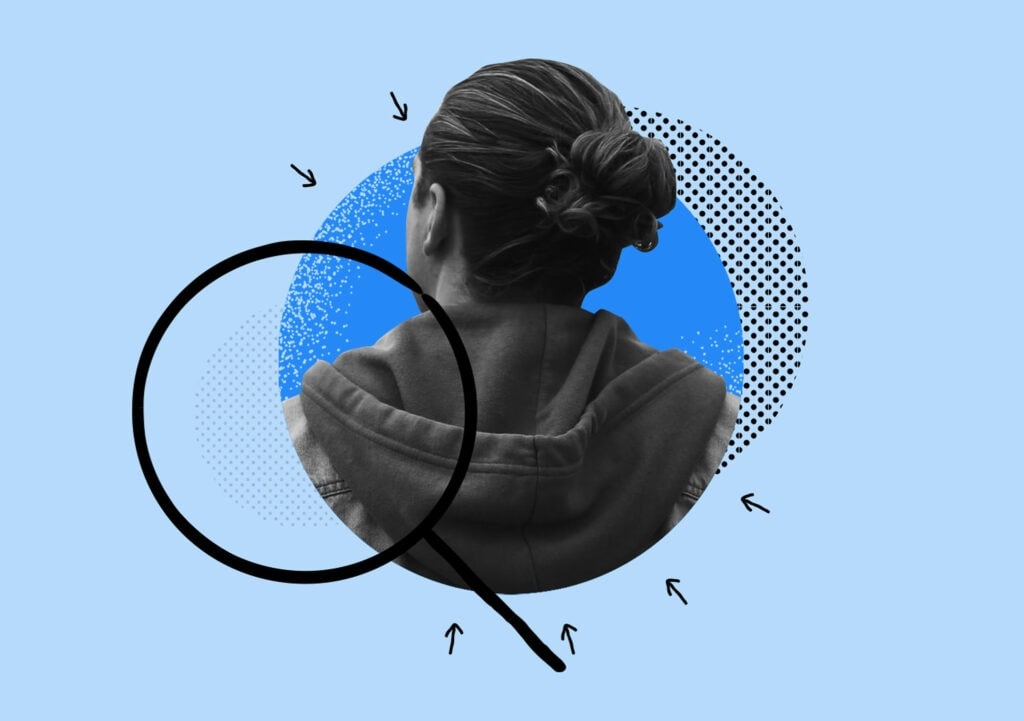Recently, actor/director Shiri Appleby pitched an original movie to Disney+ executives through Zoom, a popular video communications app. If the project is greenlit, she’s likely to be the first director ever hired by a studio after an online pitch.
If you’re a recruiter or hiring manager, you might have decided to put any hiring on hold at the moment—but if you have critical roles to fill or want to continue finding and hiring top talent, follow the example of Disney+ execs and plan on conducting a video interview for candidates who successfully pass a phone screening.
Post about your decision to continue hiring on your social accounts. Mention that you’ll be interviewing candidates remotely through video calls so candidates know what to expect and can prepare accordingly.
Candidates may assume that no one is hiring during this global pandemic, so they might unsubscribe from Indeed’s job emails or stop searching on Monster or Glassdoor for new job opportunities.
Be sure to also edit your job descriptions to include an update about your hiring process; any candidates who don’t wish to participate in remote interviewing can self-select out.
When inviting a candidate to a video interview, be sure to emphasize that it will be an on-camera video interview and send as much information as you can, including which software you’ll be using to conduct the interview and if they need to download it or take any other action beforehand.
Avoid emailing about availability back and forth by using Doodle, a free online scheduling tool, to find the best time for a phone screen or video interview.
If possible, create an outline of the interview to help candidates know when they can ask questions, if you’ll be starting with an introduction about your role and the company, and so on. This will also avoid the dreaded audio overlap, where you talk over each other accidentally.
In-person interviews typically take place in bookable meeting rooms or private offices. When interviewing candidates remotely, it’s important to recreate that same quiet, private space to give candidates the opportunity to ask and answer questions without any distractions.
Make sure that everyone in your household knows when you’ll be conducting a video interview so you won’t be disturbed. Test out your video software (try Zoom or Google Hangouts) beforehand and pay special attention to the lighting situation. Even in the daytime, you might have to turn on a few overhead lights or lamps to be clearly visible on camera.
Focus on hard skills and experience
A quick Google search brings up many articles on how candidates can calm their pre-interview jitters. Video interviews are run the same way as in-person interviews, only there are more things that can go wrong: no audio, background distractions, a lagging or freezing image… you get the picture.
Not everyone is comfortable on camera either. When conducting a video interview, balance each candidate’s soft skills and on-camera presence with all the other data points you have before making your final hiring decision.
Consider work experience, references and other email or phone communication you’ve had with your short-listed candidates, especially if the role doesn't usually require public speaking or giving many presentations.
When interviewing candidates remotely, you might also consider sending everyone a short skill test to evaluate job competency and identify the candidates most suited for the role. Skill tests can include drafting a quick email, crafting a sales pitch or summarizing a set of data points.
For creative roles, ask for portfolios and have remote candidates walk you through some of the designs or copy. Get clarification on whether they took lead on a project or had a lot of oversight, what the client brief was, the revision process and other questions that can help you identify top talent.
While telecommuting typically wouldn’t be an option for new hires still on probation, it’s very likely that any candidate you hire and onboard in the next few weeks will begin their role at your company by working from home.
When conducting a video interview, leave time at the end to outline your work-from-home (WFH) policies. Do you require daily check-ins? A weekly list of complete projects? Do you have any equipment requirements? How does your team stay connected during social distancing?
Ask the candidate you’re interviewing if they have any questions about your policies or need any clarification. By being open and transparent about your work-from-home policies, including current COVID-19 policies and your “regular” WFH policies, you’ll be able to remotely interview and hire top talent who won’t be frustrated by any surprises or looking to switch to a new company as soon as possible.



